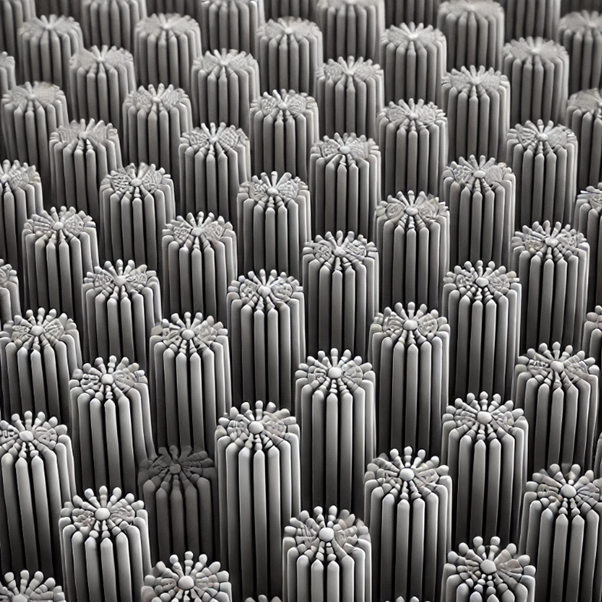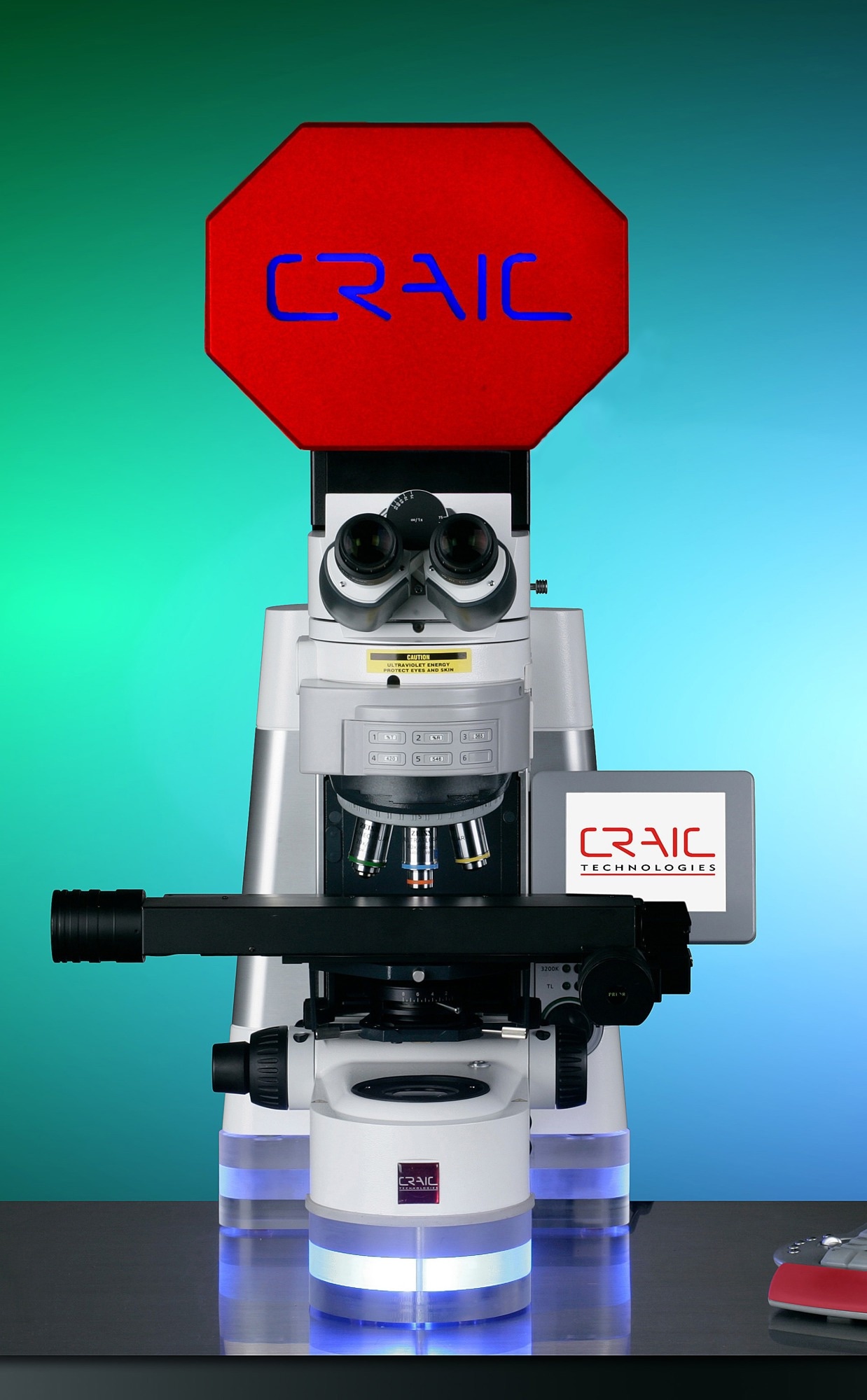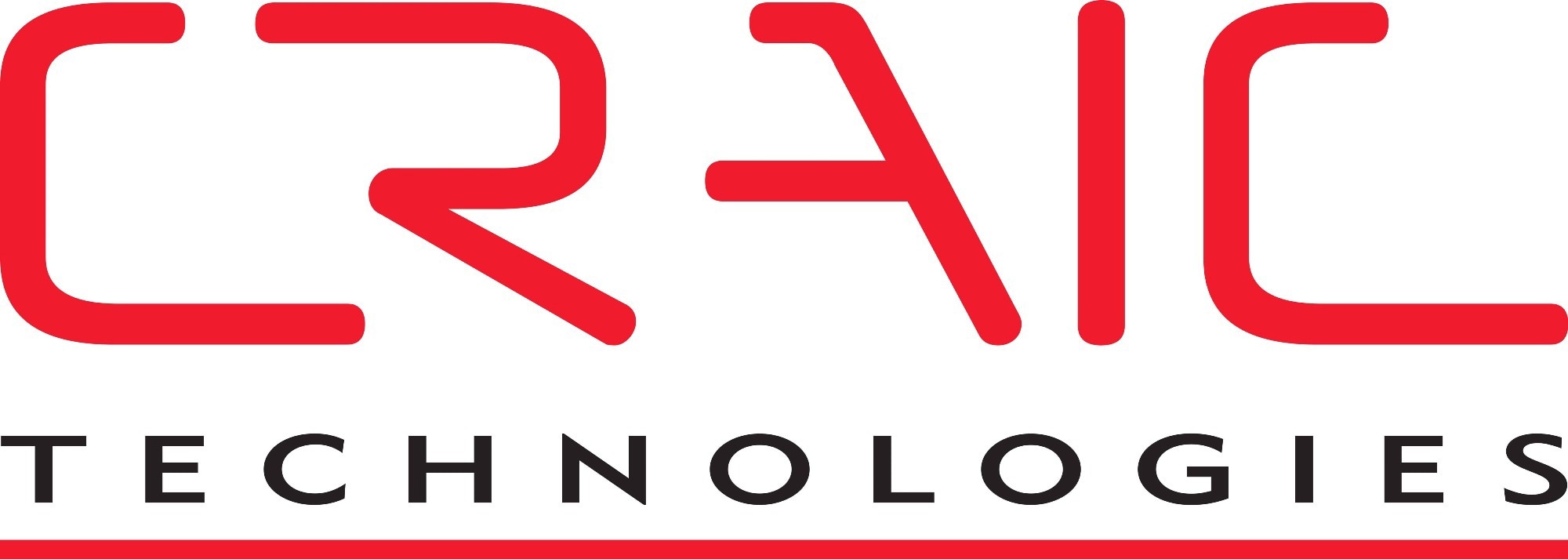Nanostructures, with their novel optical, electronic, and mechanical properties, are at the vanguard of research in materials science and nanotechnology. Therefore, being able to characterize these materials accurately is pivotal to understanding their properties and improving their application potential in fields such as photonics, electronics, and biomedical engineering. CRAIC Technologies’ state-of-the-art UV-Visible-NIR microspectroscopy is a unique method for the careful analysis nanostructures, delivering detailed insights into their optical behaviors at microscopic scales.

UV-Visible-NIR Microspectroscopy: An Overview
UV-Visible-NIR microspectroscopy combines high-resolution microscopy and UV-Visible-NIR spectroscopy, facilitating comprehensive examinations of materials across a wide spectral range. This technique delivers sub-micron spatial resolutions, which enables precise measurements of absorbance, reflectance, and photoluminescence spectra. CRAIC Technologies’ systems are comprised of sophisticated optics and detectors, which in turn provides accurate and reliable data.
Key Findings in Nanostructure Research
Recent research which made use of CRAIC Technologies’ UV-Visible-NIR microspectroscopy has revealed new, key findings in the characterization of nanostructures:
1. Fabrication of Novel Nanostructures
Microspectroscopy is typically used to optically characterize newly developed nanostructures of various kinds.1 Moreover, microspectroscopy is applied to optimize the manufacturing processes of various nanostructures.2
2. Development of New Devices Using Nanotechnology
This technique has been used for the characterization of nanostructured tunable mirrors. Microspectroscopy was also employed to improve certain properties of these novel mirrors by enabling changes in the manufacturing process with high spatial resolution optical measurements.3 Procedures for 3D printing of nanostructured optical grade glass are also in development.4 Microspectrosopy was key to optimizing the processes.
3. Food Preservation Coatings Using Nanostructures
Researchers have used Raman microspectroscopy to determine functional groups in edible coatings of nanostructured chitosan.5
4. Photoluminescence Analysis
Concurrent absorbance and photoluminescence (PL) measurements were performed as part of studies carried out on nanoparticle growth in doped glasses.6 Associations were seen between the rates of silver nanoparticle growth and Dysprosium ion PL quenching.
5. Surface Plasmon Resonance (SPR) Studies
UV-Visible-NIR microspectroscopy has also been found to be applicable in studies evaluating surface plasmon resonance in metallic nanostructures.7 These investigations offer key insights into plasmonic behavior, which is essential for applications in sensing, imaging, and photothermal therapy.
Advantages of CRAIC Technologies’ Microspectroscopy Systems
- High Spatial Resolution: Enables a deep analysis of nanoscale features and heterogeneities.
- Broad Spectral Range: Covers UV to NIR regions, facilitating comprehensive optical characterization.
- Multiple Measurement Techniques at the Same Location: Absorbance, Reflectance, and photoluminescence spectra can be acquired simultaneously and at the same locations.
- Mapping of Surfaces: Absorbance, emission, and reflectance spectra, as well as thin film thickness maps, can be collected.
- Non-Destructive Analysis: Preserves the integrity of fragile nanostructures during measurement.
- Versatility: Suitable for a broad range of nanostructures and composite materials.

Image Credit: CRAIC Technologies
Conclusion
CRAIC Technologies' UV-Visible-NIR microspectroscopy is a practical tool that that has the power to facilitate advanced characterization of nanostructures. Its capacity to perform in-depth optical analysis at the microscale improves the understanding of the properties of these materials, propelling new advancements in nanotechnology. Researchers and developers can use this technique to optimize material quality, enhance device performance, and accelerate the development of nanostructure-based applications.
References
- Zhang, Shengsen, Shengjie Chen, Kunru Yu, and Rong Zhu. "Highly Controllable Fabrication of Gold Composite Nanostructures by Multiple Electroplating for High‐Performance Electrochemical and Raman Scattering Measurements." Small Structures 5, no. 2 (2024): 2300326.
- Liu, Hongjun, Huiren Peng, Ke Li, Liping Lu, Junhong Deng, Yanjun Liu, Chengfeng Qiu, Guixin Li, and Xing Cheng. "Transfer Printing of Solution‐Processed 3D ZnO Nanostructures with Ultra‐ High Yield for Flexible Metasurface Color Filter." Advanced Materials Interfaces 9, no. 21 (2022): 2101963.
- Belosludtsev, A., O. Buchnev, and A. Fedotov. "Preparation and Investigation of a Nanostructured Tuneable Hybrid Mirror for a High-Energy Tamm Plasmon State Generation." Optics, Photonics and Lasers (2022): 94.
- Bauer, J., C. Crook, and T. Baldacchini. "A sinterless, low-temperature route to 3D print nanoscale optical-grade glass." Science 380, no. 6648 (2023): 960-966.
- Hernández-López, Gonzalo, Rosa Isela Ventura-Aguilar, Zormy Nacary Correa-Pacheco, Silvia Bautista-Baños, and Laura Leticia Barrera-Necha. "Nanostructured chitosan edible coating loaded with α-pinene for the preservation of the postharvest quality of Capsicum annuum L. and Alternaria alternata control." International Journal of Biological Macromolecules 165 (2020): 1881- 1888.
- Jiménez, J. A., and M. Sendova. "Real-time analysis of the “plasmonic diluent” effect: Probing Ag nanoparticle growth rate via Dy3+ photoluminescence quenching." Journal of Luminescence 157 (2015): 275-279.
- Ma, Zongjun, Zhenming Wang, Ming Cheng, Delai Kong, Wenfeng Cai, Mengjia Cen, Jianxun Liu, Dan Luo, and Yan Jun Liu. "Surface acoustic wave-tuned plasmonic resonances in liquid crystal-covered gold nanostructures." Optical Materials Express 13, no. 10 (2023): 2935-2943.

This information has been sourced, reviewed and adapted from materials provided by CRAIC Technologies.
For more information on this source, please visit CRAIC Technologies.